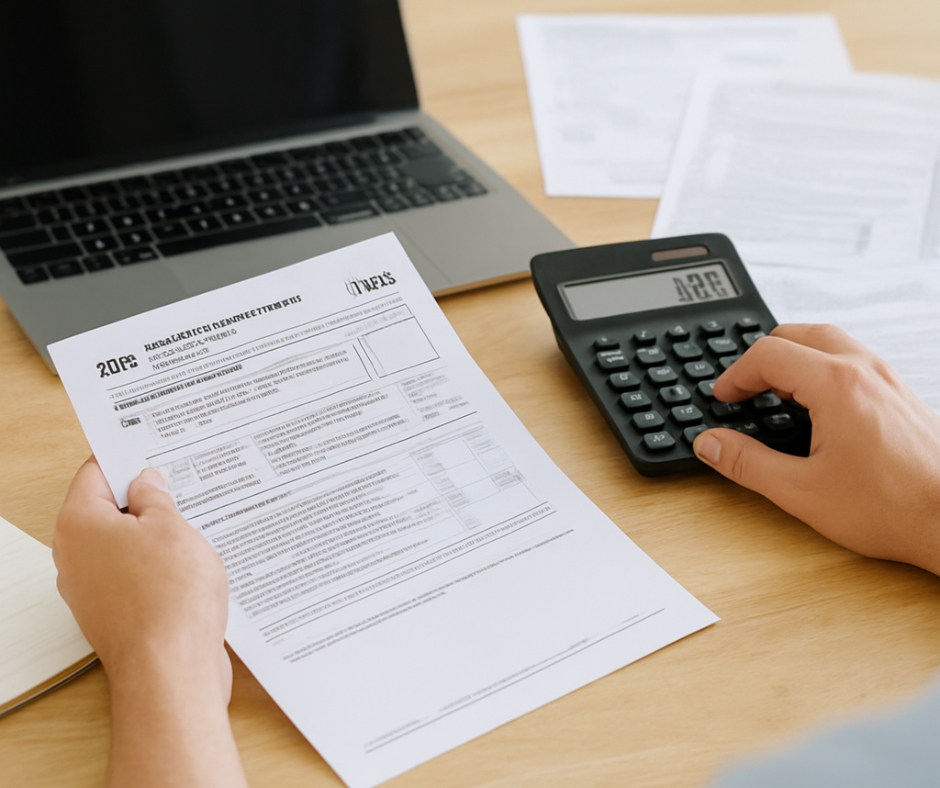Introduction
In today’s digital landscape, knowing how to optimize your Google Ads campaign is key to capturing attention and driving traffic effectively. By taking a strategic approach to this advertising tool, you can maximize your investment and reach the right audience at the right time. This guide will walk you through each essential step, from choosing targeted keywords to analyzing performance metrics.
Set Clear Goals for Your Campaign
Before diving into ad creation, it’s essential to clarify your campaign’s objectives. Are you aiming to boost brand awareness, generate leads, or drive direct sales? Having a precise focus not only helps streamline your efforts but also aligns your strategy with measurable outcomes.
Conduct Thorough Keyword Research
Keyword research is fundamental in every successful Google Ads campaign. When selecting keywords, focus on terms that closely align with your product or service while being popular enough to attract traffic. Using Google’s Keyword Planner can assist in finding relevant keywords with reasonable competition and cost-per-click (CPC) rates.
Craft Compelling Ad Copy
Your ad copy should be engaging, concise, and tailored to your audience’s needs. Use action verbs and ensure each ad highlights a unique selling point (USP). A compelling call-to-action (CTA) can be the deciding factor in encouraging potential customers to click on your ad.
Leverage Targeting Options for Precision
Google Ads offers advanced targeting options that allow you to reach specific demographics, locations, and devices. Utilize these features to fine-tune your audience based on behaviors, interests, and geographical areas that match your ideal customer profile.
Manage Your Budget Effectively
Budget management is crucial in any advertising campaign. Start by setting a realistic daily budget based on your goals, then adjust as you monitor your ad’s performance. Google’s bidding options, such as cost-per-click and cost-per-impression, provide flexibility in aligning your budget with your advertising goals.
Use A/B Testing to Refine Ads
A/B testing, or split testing, involves creating two versions of an ad to identify which performs better. Test different ad elements, such as headlines, descriptions, and CTAs, to gather data on what resonates best with your audience. Regular testing enables you to optimize Google Ads campaigns for maximum engagement.
Analyze Performance Metrics
Reviewing metrics like click-through rate (CTR), conversion rate, and cost-per-conversion is essential to measure your campaign’s success. Google Ads offers comprehensive analytics, allowing you to refine your approach continuously. By focusing on the data, you can make informed adjustments that drive improved results over time.
Adjust and Scale Based on Results
As you gather insights from performance metrics, make gradual adjustments to your strategy. Optimize underperforming ads by revisiting keywords, improving ad relevance, or adjusting bids. Scaling successful campaigns strategically can lead to sustained growth and better returns on your investment.
Conclusion
Mastering how to optimize your Google Ads campaign involves dedication to monitoring, adjusting, and scaling. With targeted goals, compelling ads, and regular analysis, you can refine your approach and achieve outstanding results.













